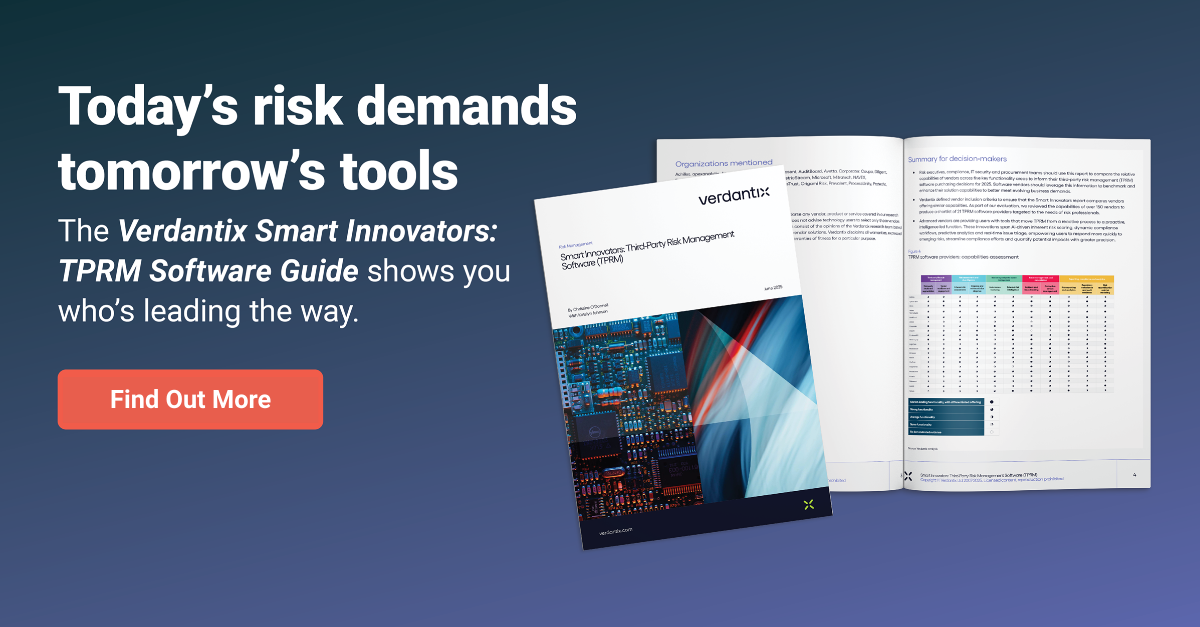Compliance officers don’t merely need direct access to their boards. You need productive relationships with your boards—relationships built on mutual trust, where the board listens to the compliance officer’s concerns, and the compliance officer helps the board to protect and advance the interests of the company. While that is a nice theory, what can a compliance officer do to build that better relationship with the board here in the real world?
After all, direct access to the board doesn’t mean much if the board doesn’t understand what the compliance function does, dwells on irrelevant details, ignores your recommendations on what to do, or even just leaves too little time for you to speak at all.
Those are the hallmarks of a poor relationship, and they’re no good for the company or your career—but they are real threats, which compliance officers encounter regularly.
So let’s explore five steps you can take to build a better relationship with the board that’s productive and durable, even as board members come and go.
1. Know Your Audience
First, understand their knowledge of ethics and compliance. Frankly, that understanding may not be much. Only a tiny fraction of board directors have much experience as ethics and compliance officers themselves. According to one study from EY in 2018, only 16 percent of firms in the S&P 500 have a compliance committee. Most times the compliance officer will report to the audit committee, and audit committee members typically (and rightly) come from accounting or finance backgrounds.
So your first priority, especially for newly hired compliance officers, is simply to understand the board committee’s familiarity with ethics and compliance as a corporate function. Review past training materials and reports given to the committee. Study their personal backgrounds. If they’re amenable to it, give committee members an informal questionnaire or set aside time in a meeting to ask what they know about corporate ethics and compliance: what that function does for your company specifically, and what it should do for a company generally. Take the time to educate them informally through your interactions with them.
2. Listen
Make sure you listen to their worries and then reframe them as priorities. Sometimes those worries are sharp and thoughtful; other times (especially if the board has an imprecise understanding of what the compliance function should do) directors might worry over issues that are downright arcane.
When a compliance officer establishes a better relationship with the board, he or she can reframe those worries them as priorities for the compliance function—but delineate the mundane issues that the compliance officer should worry about, versus the larger, structural issues that the board should worry about.
For example, I know one compliance officer whose board obsessed over the number of hotline calls received every month. The compliance officer diplomatically stressed that he would watch the number of calls. Meanwhile, he developed metrics so that the board could see trends in the nature of internal reports over time: how the compliance function detects spikes in new issues or trends for geographic markets, and so forth. He also devoted a session to explaining escalation procedures, so board members could be confident that urgent matters would reach them promptly.
3. Cultivate Relationships
Third, cultivate a relationship with the committee chairman. As we noted earlier, most compliance officers will report to the audit committee, which has a dozen other weighty issues within its remit. So it’s entirely possible that after a long meeting of financial reporting and cybersecurity and sensitive investigations, the audit committee won’t have much time for you.
Overcome that fact of compliance life by cultivating a trusted relationship with the committee chair. Meet with that person regularly, even if just over coffee or lunch between formal meetings. After all, your goal isn’t to be on the committee’s agenda; it’s the ability to get on the agenda when you need to be.
Having the trust of the committee chair is how you get that access and establish a better relationship with the board. Then when you do call him or her to say, “Yep, this needs the committee’s attention,” you’ll get it.
4. Be Prepared to Educate
It's best to have an orientation package for new committee members. This is a common practice among our friends in internal audit: when the audit committee taps a new member, the chief audit executive stands ready with a briefing or even a half-day training course to show the new director the company’s key risks, the audit plan, important accounting policies, ongoing issues with the external audit firm, and so forth.
Steal that idea! For example, develop a presentation that shows the charter of the ethics and compliance function and how your team’s structure and operations reflect those duties. Prepare a summary of your current top projects and why they are important. Show the director the seven elements of an effective compliance program, and the report you’d typically give about the status of each one.
However, you structure that orientation for new directors, it is an excellent way to establish a common frame of reference, which is the foundation for any productive relationship.
5. Be Sympathetic
Finally, remember to be sympathetic. Overseeing the compliance function isn’t easy. One board director once described ethics and compliance as “scattered over a million miles” of the enterprise, across many different business functions. “Compliance is big,” this director said, “and it’s not a single-headed monster.”
That’s a fair point. Corporate ethics and compliance can be a maddening mix of the complex (regulatory investigations, controls testing, policy management) and the simple (ethical values and good behavior). Ethics and compliance permeate throughout the whole extended enterprise—so you can see why corporate boards struggle with where to focus, and what “successful” oversight is supposed to be.
That perspective of board directors—confused and overwhelmed—does suggest that compliance officers should also spend lots of time thinking about key metrics that you want to present to directors in a report. But more than anything else, a productive relationship begins with empathy: an appreciation for how the other feels.
How to Build a Better Relationship with the Board
Corporate boards do want strong ethics and compliance functions. They want to help the executive team (including you) do their jobs well. They also want you to help them understand the issues at play when they make large decisions that will redefine what you do on a daily basis.
The key to making that relationship succeed is to invest in listening, understanding, and educating upfront. That’s what builds trust—and trust is what gets people through those difficult meetings when nobody likes the numbers shown on the screen, but you have to find a solution anyway.


Matt Kelly is an independent compliance consultant and the founder of Radical Compliance, which offers consulting and commentary on corporate compliance, audit, governance, and risk management. Radical Compliance also hosts Matt’s personal blog, where he discusses compliance and governance issues, and the Compliance Jobs Report, covering industry moves and news. Kelly was formerly the editor of Compliance Week. from 2006 to 2015. He was recognized as a "Rising Star of Corporate Governance" by the Millstein Center in 2008 and was listed among Ethisphere’s "Most Influential in Business Ethics" in 2011 (no. 91) and 2013 (no. 77). He resides in Boston, Mass.
